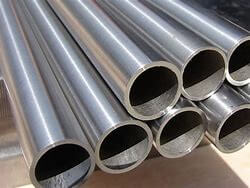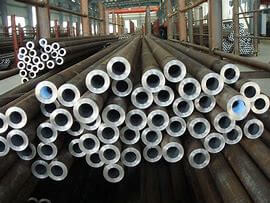WPB B16.5 is a type of pipe fitting that is commonly used in industrial piping systems. WPB stands for “wrought pipe fitting of black” and B16.5 refers to the American Society of Mechanical Engineers (ASME) B16.5 standard for pipe flanges and flanged fittings.
WPB B16.5 pipe fittings are made from black steel and are designed to be welded onto pipes to create a secure, leak-resistant connection. They are available in various sizes and shapes, including elbows, tees, reducers, and caps.
The B16.5 standard specifies the dimensions, materials, and testing requirements for pipe flanges and flanged fittings. This includes the dimensions of the flange, the thickness of the flange, the number of bolt holes, and the bolt circle diameter, among other specifications.
Overall, WPB B16.5 pipe fittings are a popular choice for industrial piping systems due to their strength, durability, and reliability. They are commonly used in various industries, including oil and gas, chemical processing, and power generation.
There are several types of pipe fittings used in industrial piping systems, including:
1. Elbows – Elbows are pipe fittings that are used to change the direction of the flow in a piping system. They are available in different angles, such as 45 degrees, 90 degrees, and 180 degrees.
2. Tees – Tees are pipe fittings that are used to join three pipes together at a T-junction. They are available in equal and unequal configurations.
3. Reducers – Reducers are pipe fittings that are used to connect pipes of different sizes. They are available in concentric and eccentric configurations.
4. Couplings – Couplings are pipe fittings that are used to connect two pipes together in a straight line. They are available in various configurations, including threaded, grooved, and compression.
5. Flanges – Flanges are pipe fittings that are used to connect pipes, valves, and other equipment together. They are commonly used in high-pressure and high-temperature applications.
6. Valves – Valves are pipe fittings that are used to control the flow of fluids in a piping system. They are available in various configurations, including gate, ball, globe, and butterfly valves.
Overall, the choice of pipe fitting will depend on the specific application and the required properties, such as pressure rating, temperature range, and chemical resistance. It is important to select the right pipe fitting to ensure that the piping system is safe, reliable, and efficient.




